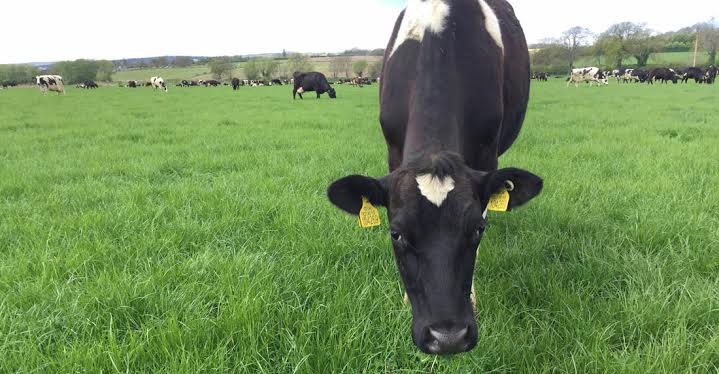
Livestock farmers in the UK, who are considering reseeding fields and pastures in spring 2016, should think carefully about the persistency and palatability of grass varieties as well as anticipated yield per hectare. That’s the end of year message from grass seed producer Barenbrug UK.
Overall, 2015 was another challenging year for UK livestock farmers weather wise. A cold spring meant the grass-growing season got off to a slow start and the summer that followed was unusually cool and wet with temperatures consistently below the seasonal average by one or two degrees. While some silage results were very good, and autumn grass growth was better than average, results across the country were extremely varied.
To give farmers the best chance of grassland success in 2016 (regardless of weather), Barenbrug is advising them to pick persistent grass varieties that are designed to deliver growth in the season that their enterprise needs it.
Barenbrug is also recommending that farmers try out varieties that provide a tight, persistent sward as they will be more resistant to poaching. When it comes to palatability, Barenbrug recommends that farmers consider not only disease resistance and fertility but general grazing management too. Just as humans tend to eat more of the foods they like, livestock will eat more if the palatability is high – typically when grass is young, dense and leafy.
Mhairi Dawson, Research & Development Manager for Forage at Barenbrug UK, said, “We believe there is huge potential for farmers to boost the quality and quantity of grass they are producing in 2016 and ultimately improve their profitability. When making a decision about which type of grass to go for, yield figures are of course important but there are other critical factors too – including persistency and palatability.
The problem is that many farmers stick with the same grass seed varieties and mixtures year after year – even if they aren’t getting the best results. Few farmers would rely on genetics from the 1950s for livestock breeding so why do the same with grass.
“Grass seed research and development has come a long way in recent years and there are many new forage strains and blends available, which are proven to dramatically improve the performance and productivity of animals. High levels of dry matter production will always be a priority but consideration must also be given to palatability and persistency as well as nitrogen efficiency, drought and disease tolerance, winter survival, rumen stimulation and protein production.”
Choosing grass for 2016
Barenbrug’s advice to farmers selecting grass seed for spring 2016 is to decide if they want a good all-round grass or a highly specialist breed or blend to suit a particular habitat, microclimate or management programme. The selection process can be simplified by thinking about how long the sward needs to last and the growing challenges in the area.
• Are there disease pressures from, for example, drechslera?
• Will the grass sward need to resist poaching or tolerate intensive silage production?
• And would adding clover into the mix be beneficial?
Armed with this information it’s possible to apply some general rules of thumb:
• If the grass will be used for silage, pick a mixture with a tight heading date to help optimise yield output
• If high quality grazing grass is the aim, consider your livestock’s nutritional needs carefully. Choose a mixture that meets your turnout schedule and will grow consistently from spring to autumn.
Concluding Mhairi said, “Finding the ideal grass seed mixture can seem daunting but it doesn’t have to be. Pick from recommended lists so you know that yield, persistency and palatability have been rigorously tested. And if you’re still unsure, ask your local seed merchant. They should know what performs well in your area and can best meet your requirements”
